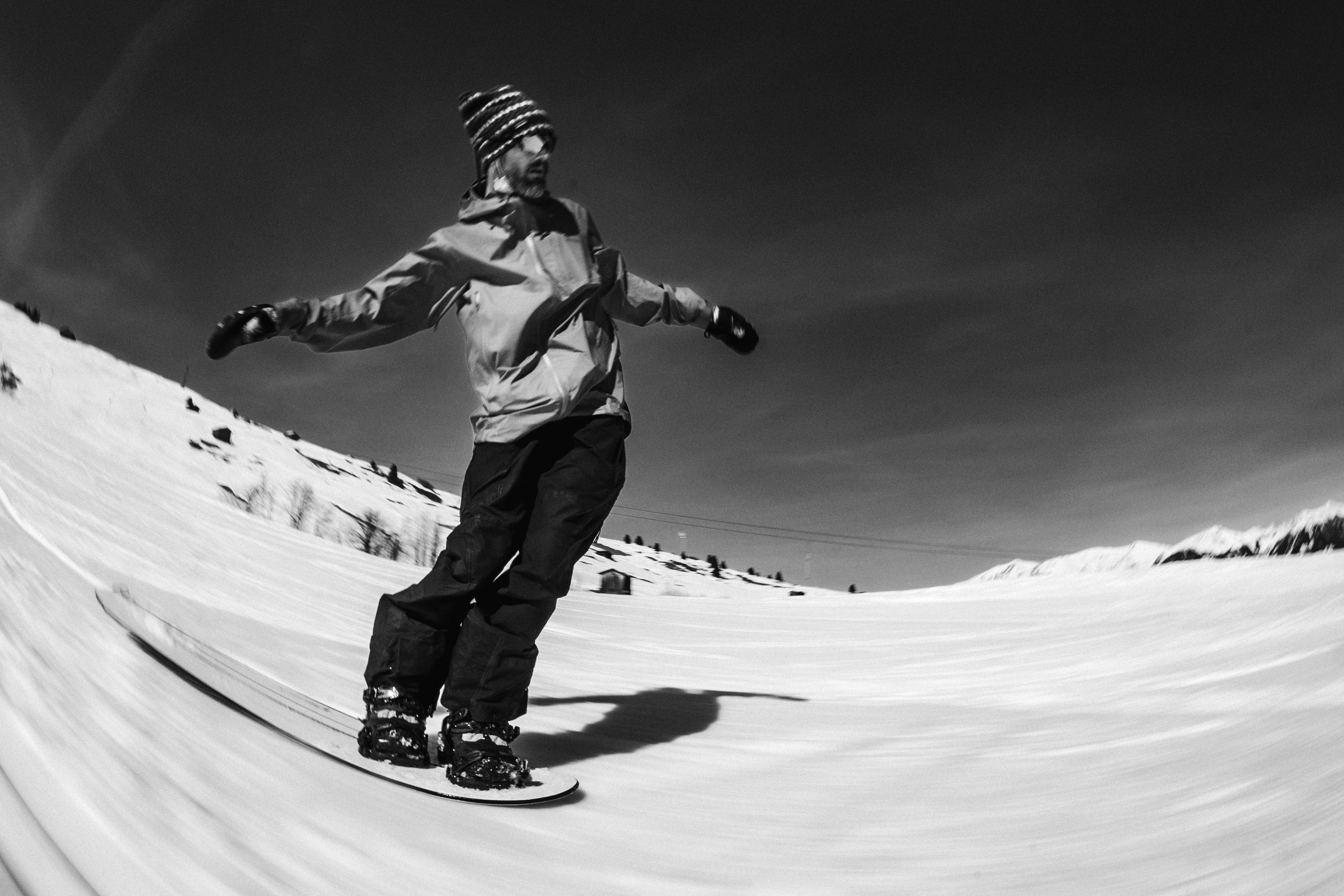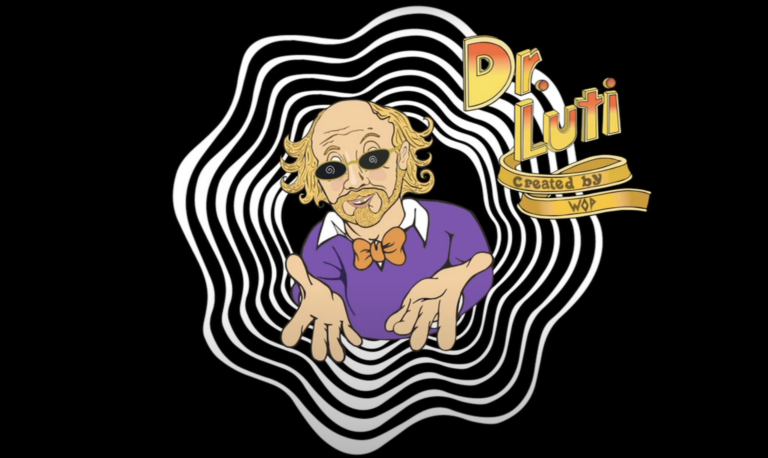“It was actually one of the names on Stephan’s short list when they were coming up with Clast neck warmers,” says Nicholas Wolken, co-founder of KORUA Shapes, when asked about the origin of the brand. “We had 240 names or something crazy. We graded them all and sent the list out to friends. In the end KORUA was the one that most people liked. It reminded us of a lonely island. We found out later it means ‘you the people’ in Maori, and ‘precious jewel’ in Finnish.”
KORUA has come a long way in a short time. Launched in 2014 – a full couple of decades after most of the competition – Nicholas and his riding buddy-turned-business partner Stephan Maurer sold around 15 snowboards in that first season (“mostly to friends,” he admits). Today, it’s firmly established as one of the coolest board builders in the business. So how did they get here?

A key tailwind, of course, has been the recent resurgence in the art of turning, especially amongst older riders. But the KORUA crew did more than just jump on a trend; they helped drive it. As 30-somethings themselves, Nicholas and Stephan understood the desire many of us feel to keep shredding and progressing while leaving those icy park landings behind. And with the Yearning For Turning video series, they recorded that journey in a fresh, fast-paced format that seemed to capture the snowboarding zeitgeist. Even now, 10 volumes in, the launch of a new YFT edit has the power to stop the WL office in its tracks while everyone gathers around the computer for an impromptu screening.
I’m curious to learn more about how these guys developed such a winning formula. In a crowded market, KORUA’s creative stands out for being clean, sharp – you might say typically Swiss. It begins with the boards themselves, which feature minimalist graphics on every model, either a plain white topsheet and a solid red base, or (in the case of their specced-up Plus line) black all over. It’s a bold move that essentially does away with the traditional artwork every other brand relies on to help sell its gear. How did it come about?










